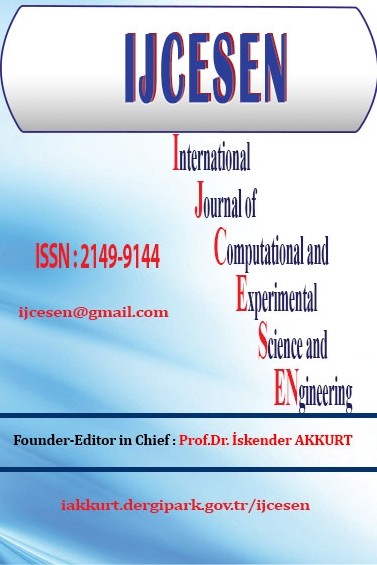Electrocardiographic Changes in Occupational Exposure to Arsenic
Electrocardiographic Changes in Occupational Exposure to Arsenic
Arsenic toxicity, Occupational disease, QT dispersion,
___
- Referance1 Chen, C. J., Chiou, H. Y., Chiang, M. H., Lin, L. J., & Tai, T. Y. (1996). Dose-response relationship between ischemic heart disease mortality and long-term arsenic exposure. Arteriosclerosis, thrombosis, and vascular biology, 16(4), 504-510. https://doi.org/10.1161/01.ATV.16.4.504
- Referance2 Wang, C. H., Hsiao, C. K., Chen, C. L., Hsu, L. I., Chiou, H. Y., Chen, S. Y., ... & Chen, C. J. (2007). A review of the epidemiologic literature on the role of environmental arsenic exposure and cardiovascular diseases. Toxicology and applied pharmacology, 222(3), 315-326. https://doi.org/10.1016/j.taap.2006.12.022
- Referance3 Ohnishi, K., Yoshida, H., Shigeno, K., Nakamura, S., Fujisawa, S., Naito, K., ... & Sugiyama, S. (2000). Prolongation of the QT interval and ventricular tachycardia in patients treated with arsenic trioxide for acute promyelocytic leukemia. Annals of Internal Medicine, 133(11), 881-885. https://doi.org/10.7326/0003-4819-133-11-200012050-00012
- Yayın Aralığı: 4
- Başlangıç: 2015
- Yayıncı: Prof.Dr. İskender Akkurt
Cevdet DEMİRTAŞ, Merdin DANIŞMAZ
Electrocardiographic Changes in Occupational Exposure to Arsenic
Gökhan KESKİN, Erdinç PELİT, Abdülkadir ÇAKMAK, Arslan SAY, Yılmaz ÖZBAY
Effects of Chelation Therapy on QT Dispersion in Lead Exposed Industry Workers in Turkey
Gökhan KESKİN, Erdinç PELİT, Abdülkadir ÇAKMAK, Arslan SAY, Yılmaz ÖZBAY
Seher ARSLANKAYA, Miraç Tuba ÇELİK
Sol-gel Preparation of Silan based Titania Hybrid Composite Thin Film
Atilla EVCİN, Harun GÜNEY, Nalan BEZİR
Yasin BOZKURT, Menekşe KILIÇARSLAN
Sol-gel Preparation of Silan based Zirconia Hybrid Thin Film
